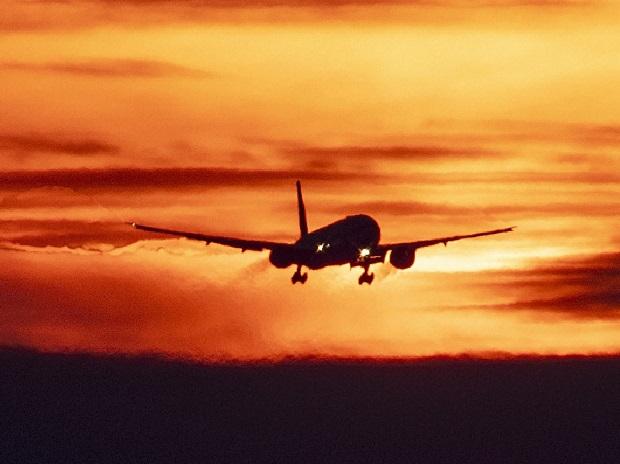
Highlighting the progress of the public authority's Atmanirbhar Bharat (confident India) crusade, Air Works - an Indian support, fix, and redesign (MRO) organization - is collaborating The Boeing Company in endeavor weighty upkeep keeps an eye on three Indian Navy P-8I long-range oceanic watch airplane all the while at Air Works, Hosur.
"This decisively expands the degree and size of MRO embraced in the nation and exhibits both the organizations' responsibility in aiding make India Aatmanirbhar in aviation and safeguard," expressed a Boeing official statement on Thursday.
The joint effort among Boeing and Air Works has empowered quicker turnarounds and upgraded functional ability inside India for key protection stages. The organization started with minds the P-8I Poseidon airplane, and has developed to remember checks and MRO for the arrival stuff of the Indian Air Force's Boeing 737 VVIP airplane.
Laid out in 1951, Air Works Group is India's greatest free MRO with a skillet Indian presence across 27 urban areas.


